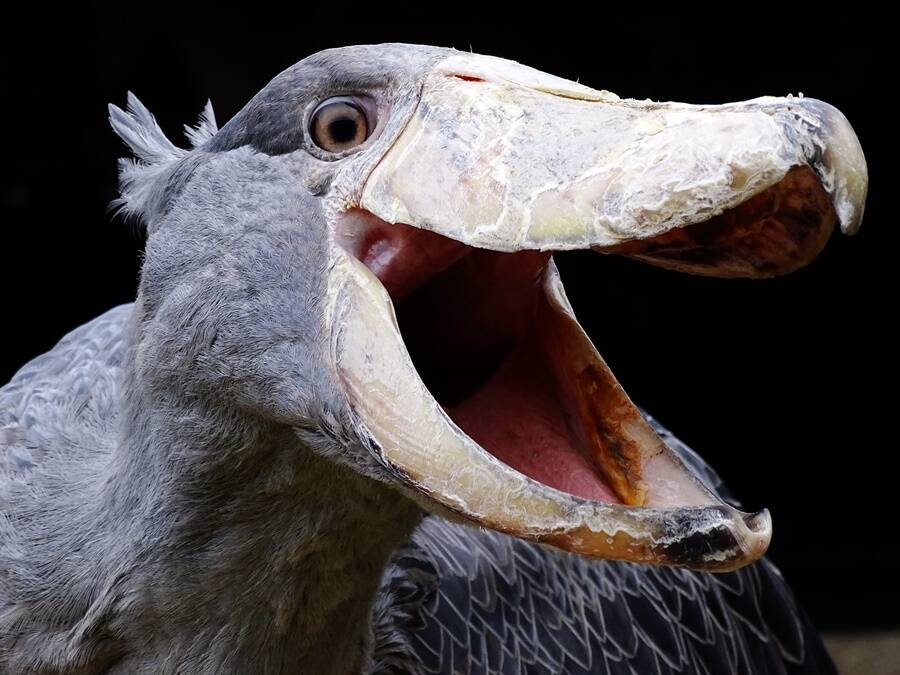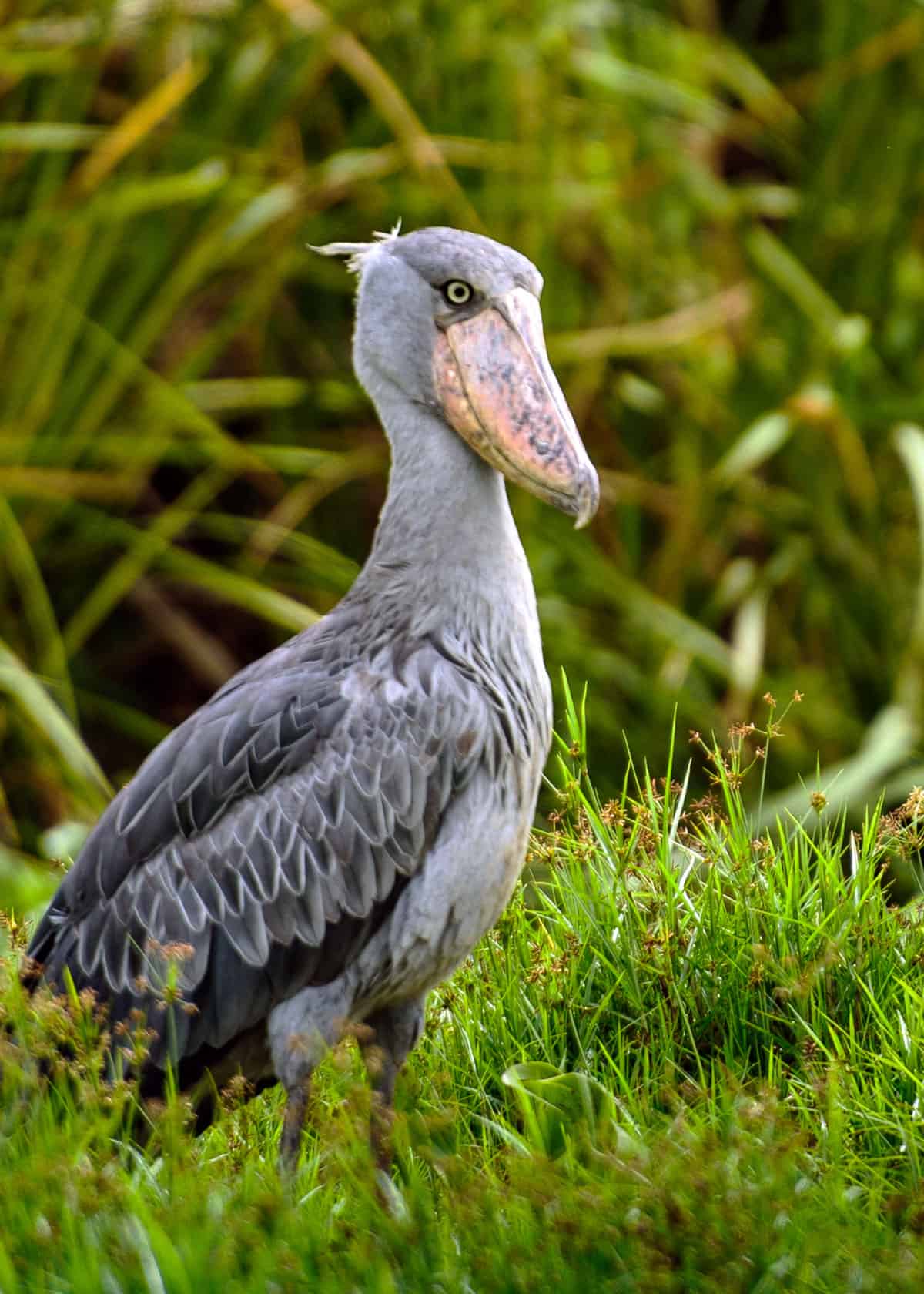
At Dirty Bird Podcast, we tell you everything you need to know about an individual bird species with fowl language included. Join Tim, John, and Larry the noisy dog as they learn about how the Shoebill Stork walks on water, engages in some extreme sibling rivalry, and makes sounds similar to a firing range. Standing at over 5 feet tall with a massive, hooked bill this creature would be a terrifying swamp monster.if it didn't look like a Muppet. That death stare will haunt you in your dreams.The Shoebill Stork is one of the most interesting species in the bird world. But you might not want to look at them too closely. Lungfish, everywhere! Let’s work on appreciating these feathered monsters, and let them do their mud-eating, decapitating thing.

Young crocodiles would be everywhere! Eels! Monitor lizards! Our children and grandchildren would be overwhelmed. They crap on their own legs because it keeps them cool. As with other birds, the poop is mostly liquid, and heat from warm blood passing through the legs is used to evaporate the liquid waste, resulting in cooler blood circulating through the stork. The science is fascinating, but when you get right down to it, this already mean-looking bird with a huge, clattering death bill now also has poop legs.īeastly and terrifying though they are, it would be a real shame to have a world without Shoebills.

(Why would I even be writing these words if not to lull you into a false sense of terror completion?) Are you ready for it? They crap on their legs. It’s loud and scary and the last sound that lots of poor monitor lizards ever hear.īy now we must have hit all the things that are scary about the Shoebill, you must be saying.

Shoebills are silent most of the time but engage in “bill-clattering” around the nest or when greeting another bird. So, anything cool about the bill other than that it’s gigantic, looks like footwear, and can decapitate crocodiles? Sure: It makes awesome machine-gun noises. Arabs reportedly called the bird Abu-Markhub, or “father of a slipper” (just can’t get away from that shoe imagery). They appear in the artwork of the ancient Egyptians. Shoebills have been a beloved species for a long time. Sound terrifying? Yeah, it is. But it’s also impossible not to be impressed by these giants. Shoebill. Photo: John Rollins/Audubon Photography Awards When there’s nothing but lungfish or crocodile left, the Shoebill will give it a quick decapitation with the sharp edges of the bill (because of course it does) and swallow away. Clamping down on its prey, the bird will start to swing its massive head back and forth, tipping out whatever stuff it doesn’t want to eat. Then the bird will pounce forward, all five feet of it, with its massive bill wide open, engulfing its target along with water, mud, vegetation, and probably any other hapless fish minding their own business. The Shoebill will stand there, motionless as a statue, and wait for some poor lungfish or baby crocodile to swim by. This bird eats crocodiles!Īnd they hunt like total bosses of the swamp. They eat big fish like lungfish, eels, and catfish, and also crazy stuff like Nile monitor lizards, snakes, and baby crocodiles. Shoebills, which live in the swamps of eastern tropical Africa, are after smaller prey.

Though I don’t think I’d go anywhere near one, humans don’t have to worry. Locating some of these huge dinosaur-like birds on a safari trip is undoubtedly a must-see. Shoebill storks are discovered in marshes, wetlands, and muddy locations in far eastern Africa. Or “Death Pelican.” Or “Literally the Most Frightening Bird On Earth.” The shoebill stork, likewise known as the whale-headed stork, or shoe-billed stork, is actually a major grey bird clinically called as Balaeniceps Rex. Of all the possible names, how on earth is it called the Shoebill? “Monsterface” would be better. The Shoebill or Whalehead, Whale-headed Stork, or


 0 kommentar(er)
0 kommentar(er)
